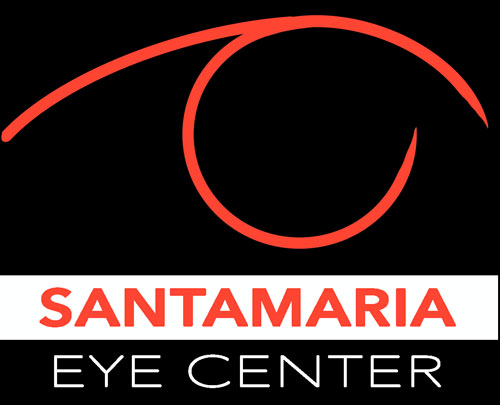10 Jul Epiphora
Epiphora is an overflow of tears, either because too many tears are produced or because the tears are not draining properly. Excess tears give the eye a moist appearance, and can collect along the border of the lower lid and overflow onto the cheek.
Small glands, located in the surgace tissue on the white of the eye and lining the eyelids, constantly produce small quantities of tears to keep the eye healthy and lubricated. The lacrimal gland, a larger gland located in the upper eyelid, responds to emotion or eye irritation by producing larger quantities of tears.
Tears drain out of the eye through two small openings on the inner side of each lid called punctum into the nasolacrimal and then into the nose. This explains why we have a runny nose when we cry.
Causes:
Surprisingly, people with dry eyes often complain of tearing. Even though the underlying problem is too few lubricating tears to keep the eye moist which triggers the lacrimal gland to produce an excessive amount of tears. Instead of draining normally, the excess tears will run down the cheek.
A thorough examination by an ophthalmologist is necessary to determine which of these problems is causing excessive tearing. The doctor may attempt to irrigate fluid through the tear drainage system and into the nose to determine if there is blocking.
Treatment:
Treatment depends on the exact cause. If excess tears are caused by an in-turned eyelash, the offending eyelash is removed. Abnormalities of the eyelid or eyelid position may require surgery. if the tear drainage system is blocked, surgery to open or bypass the blockage may be necessary, depending on the location of the blockage. If the problem is dry eyes, artificial tear use or even closure of the tear drainage puncta may be helpful.

Sorry, the comment form is closed at this time.